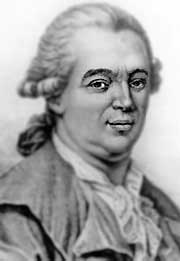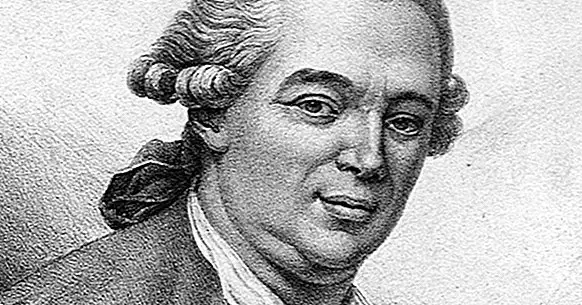

The lights in the room would be dimmed and perfume would be used to create a certain atmosphere. Therefore for Mesmer to be accused of quack remedies was his enemy’s way of basically stating that he really did not know what he was either doing or talking about.Ī patient would be required to sit around a bath of dilute sulphuric acid out of which curved iron bars protruded. In fact the people who took up the work as a ‘quack doctor’ did it for the money they could earn by finding a plague victim – but they were hardly doctors. The word ‘quack’ would have had some meaning among the medical world then as it alluded to the ‘quack doctors’ who sort out patients during the 1665 Great Plague in London. Others were less sure and a number of doctors in Vienna started to intrigue against him arguing that Maria’s treatment was based around quack remedies and a quack approach. Some were very impressed with Mesmer regarding what he did to Maria. Mesmer achieved fame, or some would argue notoriety, after he partially restored the sight of a young girl called Maria Paradies who had been blind since the age of three. He associated with the rich and famous of the city and they took to his beliefs. Mesmer’s marriage to a wealthy lady allowed him to move in the higher social circles of Vienna. Mesmer recorded that this type of treatment had a remarkable effect. This entailed Mesmer laying his hands on a sick patient. Mesmer used magnetic therapy to treat patients. Mesmer claimed that a mysterious fluid, which he called ‘animal magnetism’, had an influence on the body’s health and that the planets influenced how ‘animal magnetism’ worked.

In this work Mesmer attempted to show how the planets exercised an influence on human tissue both in health and disease.

While in Vienna, Mesmer wrote a thesis entitled ‘De Planetarum Influxu’. He was educated in Vienna where he qualified in medicine. The annotations without a reference number were created at the library.Franz Mesmer was born in 1734 in a village near Lake Constance. Some of the annotations come from Adam Crabtree's Animal magnetism, early hypnotism, and psychical research, 1766-1925 available at and include the reference number to the source of citation. This online exhibit has been expanded to include all eighteen and nineteen century works on the subject housed in the library's Rare Book and Special Collections. On display in the Falk Library lobby from June to August 2014, the original exhibit presented only the selected early texts on animal magnetism. The third stream – parapsychological – influenced by the romantic philosophy lead to experimentation with “magnetic magic”, paranormal phenomena, somnambulism, and eventually spread of spiritualism. They also used animal magnetism as anesthetic for surgery. The followers in medical stream pursue Mesmer’s interest in healing. The most important stream – psychological – stemming from the discovery of “magnetic sleep” by Puységur paved the way for research in psychotherapy through the work of James Braid, Ambroise Liebeault, Jean-Martin Charcot and Sigmund Freud. Some of those early works participating in the heated discussion on animal magnetism are exhibited here.Īnimal magnetism, though completely forgotten today, influenced the future research. Both of them produced reports unfavorable to animal magnetism, but at the same time contributed to the popularity of the movement by initiating the wave of pamphlets and books supporting or objecting to conclusions of both reports. The medical faculty of Paris was alarmed at the popularity of Mesmer’s clinics and two commissions were constituted to investigate animal magnetism.

He attempted to gain acceptance for his theory of animal magnetism from the medical establishment of Vienna, then in Paris. Using these methods, Mesmer performed some remarkable cures in Austria, Germany and France. Later, he used new techniques which involved “magnetic passes” or sweeping movements of the hands to direct magnetic fluid to diseased parts of the patient’s body. Mesmer’s interest in invisible forces found concrete expression in his early medical practice, where he experimented with using iron magnets to treat illness. Mesmer renamed this universal force to “animal magnetism” and articulated its basic principles in twenty-seven propositions in his Mémoire sur la découverte du magnétisme animal of 1779. The first seed for this thought was planted when he coined the term “animal gravitation” in 1776. It is based on the belief in the existence of a universal magnetic fluid that is central in the restoration and maintenance of health. Animal magnetism is a healing system devised by Franz Anton Mesmer.


 0 kommentar(er)
0 kommentar(er)
